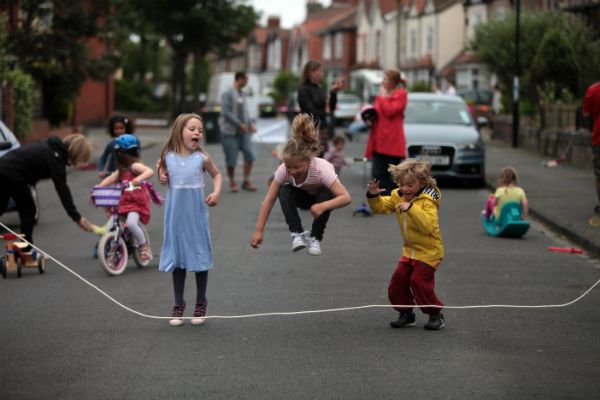Category / Engagement / PlanLocal / Planning
-
Engaging Neighbourhoods Using Technology for Participatory Planning
Participatory Planning is a way of doing planning that puts residents at the centre of decision making in their community. Paul Shaker, RPP, is a principal and co-founder of Civicplan, a Hamilton-based company that has developed a participatory planning platform called PlanLocal to help residents engage more directly in planning their neighbourhods. It combines elements…
-
Citizens shaping the spaces around them
How a carefully layered participatory planning process gave community residents a voice in municipal spending. Deciding how to spend money on neighbourhood infrastructure improvements is no mean feat. Which projects get the money over others, or do you divide the spend evenly across all potential ventures? Assuming a split according to greatest needs, how do…
-
Hamilton’s SoBi Delivers on Key Bike Share Promises: User Engagement Highlights
Why Bike Share? Cities across North America from Atlanta to Vancouver have established bike share programs to address a variety of urban issues and policy objectives. Promoting cycling as a means of everyday transportation supports public health officials, city planners, environmental advocates and sustainably minded transportation planners. In general, bike share programs promise to encourage…
-
Crowd Maps: Painting the Big Picture through community engagement
How do you get more people to engage effectively in planning their community? That’s a constant question we face as we design and launch planning projects. While there isn’t a one size fits all approach, there are tools that tend to be more helpful at getting people to express themselves. Online tools can be very…
-
What is Participatory Planning?
We get asked all the time about participatory planning. What is it? How does it work? Participatory planning is a way of doing planning that puts residents at the centre of decision-making in their community. That can be done in many ways, but the end result should be the same: the community feels ownership over the…
-
School Walk: Family-friendly neighbourhood planning
When you think of your neighbourhood, chances are the community spaces that come to mind include your street, the local park, and the neighbourhood school. This isn’t surprising: an elementary school is typically a centerpiece of a neighbourhood and it becomes a focal point for travel twice a day for children and parents. Whether by…
-
The Right to Play in Our Public Spaces
We could build better neighbourhoods by focusing on how and where kids have the most fun. Kids playing tag, a street hockey game, hopscotch on the sidewalk. These could all be scenes from a commercial promoting physical activity or selling sports apparel. They equally call to mind common ideas about neighbourhood play, but is it…
-
Hamilton & Burlington, Let’s Talk Water!
Throughout 2018, the Bay Area Recreation Council (BARC) has been collecting visual and written information about the aesthetic qualities and public perceptions of Hamilton Harbour. Now we want to hear from you. BARC has teamed up with Civicplan to launch PlanLocal: Let’s Talk Water – an engagement process to ask residents from across the watershed…
-
Civicplan Receives Plan Canada Award
Each year, the Canadian Institute of Planners (CIP) recognizes the best feature articles published in Plan Canada magazine. Civicplan received an Honourable Mention award for the article PlanLocal: Data-Driven participatory planning. The article appeared in the Digital Cities edition of Plan Canada. The Plan Canada Awards were established to recognize the best articles published in…
-
Using Community Engagement to Build Safer Streets
As part of a series of articles about the Ontario Professional Planners Institute (OPPI) Excellence in Planning Awards, Civicplan was highlighted in a recent issue of the Ontario Planning Journal about the award-winning PlanLocal process. The following is an except from the Journal. You can find the full article here.










